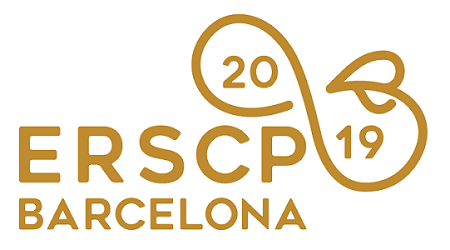Papers Proceedings »
CE Designer: A tool to support learning and applying circular design
This paper starts by exploring the role of design in circular economy and presents an overview of circular design strategies published in the literature; the state of the art is that they tend to focus on product to the detriment of services; they overlook the materials and energy efficiency; and they do not include the social dimension of sustainability, in line with a conceptualization of circular economy that focuses on ecological renewal and reduction of finite resource use. In order to overcome these shortfalls, a new tool, “CE Designer”, was developed in the context of the Knowledge Alliance on Product-Service Development towards Circular Economy and Sustainability in Higher Education (KATCH_e). This is a 3-year EU funded project that was launched in January 2017 and is part of the ERASMUS+ programme of Knowledge Alliances, aiming to address the challenge of reinforcing the skills and competences in the field of product-service development for the circular economy and sustainability, with a particular focus on the construction and furniture sectors. In this context, a set of training materials and practical tools was developed and implemented in Portugal, Spain, Austria and Denmark, in the contexts of higher education institutions, company-oriented courses and in-company projects. The “CE Designer” checklists are a semi-quantitative tool for prioritization, assessment and idea finding of circular solutions for product and/or service (re)design. They are organized according to eight strategies that address the most relevant issues a design team needs to consider in the development process of new products or services to support the transition to a more circular and sustainable society. The stages of the “Value Hill” as proposed by Achterberg et al. (2016) provide the framework to organise the eight strategies. The use of “CE Designer” starts with a prioritization of the most promising design strategies for a given situation; next, a semi-quantitative evaluation of a reference product or service, according to a number of criteria within the chosen circular design strategies, allows for (i) establishing its circularity and sustainability profile and (ii) identifying immediate improvement ideas and opportunities for a new product or product-service combination. Undergoing a second evaluation of a new solution, allows for a comparison with the reference product or product-service and an easy visualization of the results achieved. The paper concludes with preliminary results of the tool’s first applications and with perspectives for future research.
